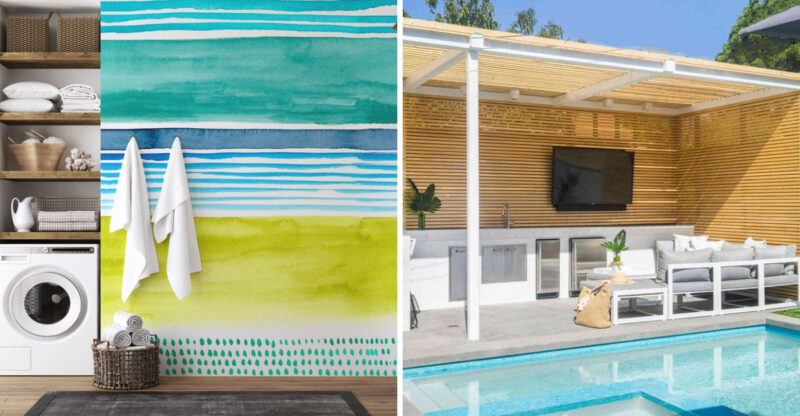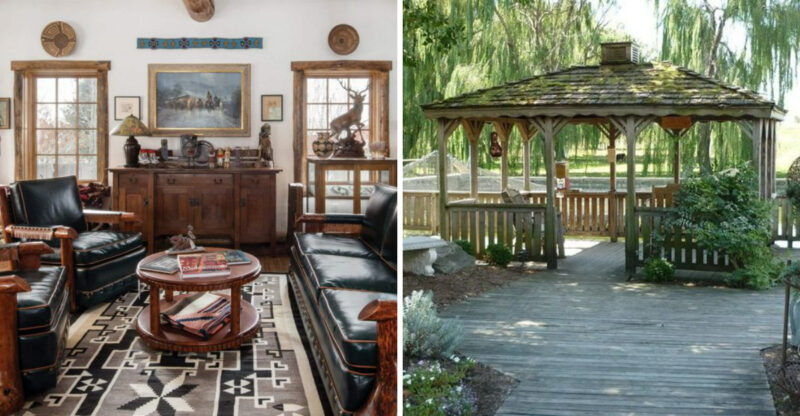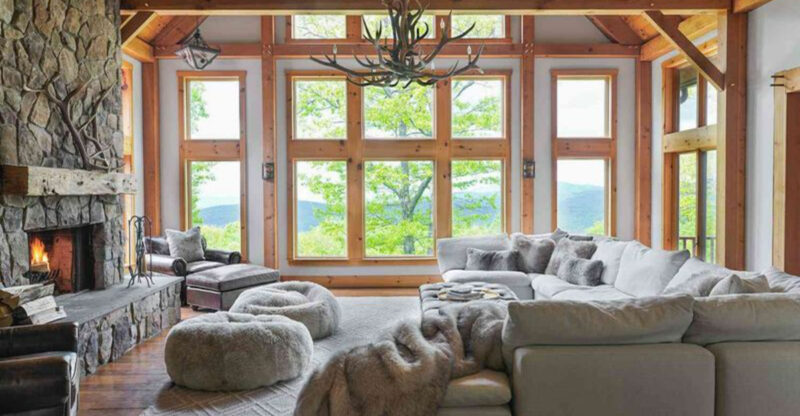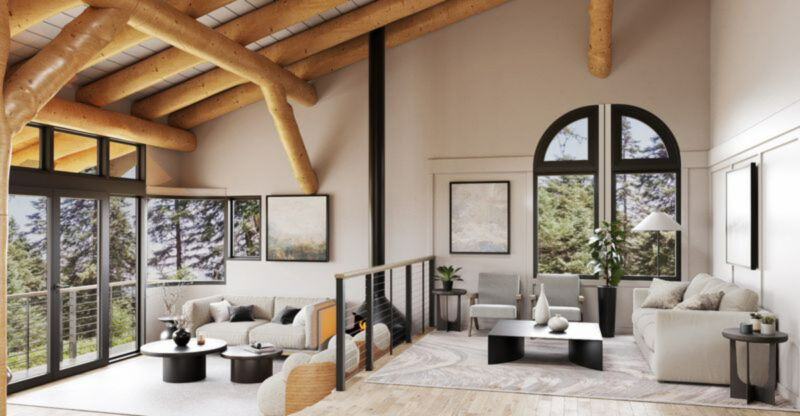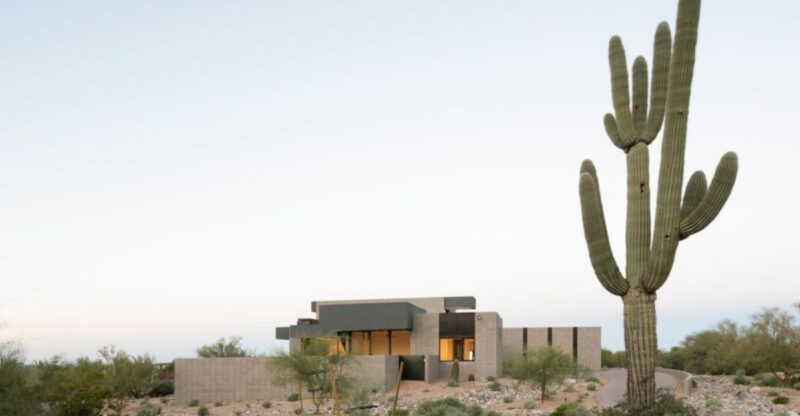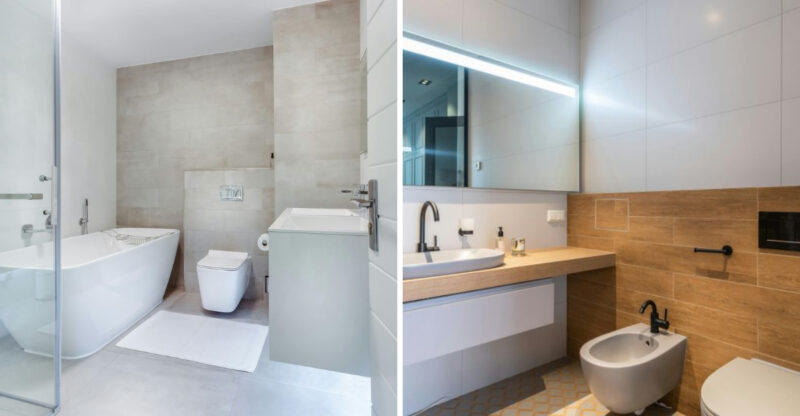6 Oregon Property Types Losing Value And 8 That Are Harder To Sell
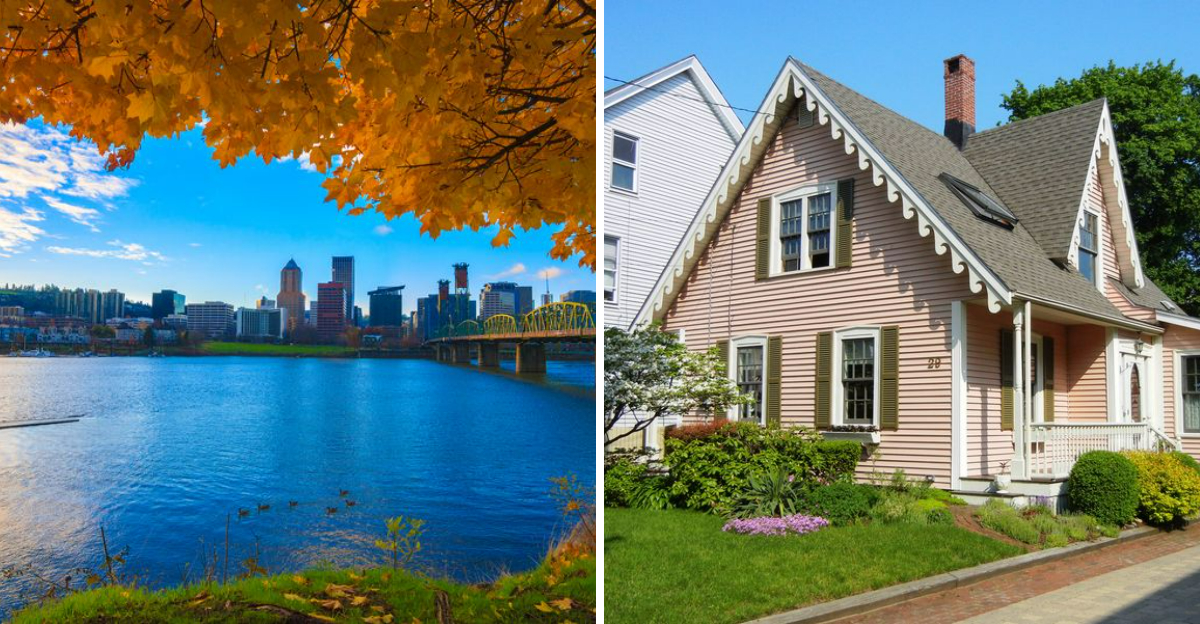
Oregon’s housing market is changing fast, and not all properties are keeping pace. Some homes are dropping in value while others sit on the market for months without attracting serious buyers.
I’m here to walk you through which property types face the biggest challenges right now and why smart homeowners need to pay attention to these trends.
1. Suburban Ranch Homes in Portland

Buyers today crave open floor plans and modern energy-saving features that old ranch homes just don’t offer. Those mid-century designs with choppy rooms and single-pane windows feel outdated now.
Renovation costs to modernize these properties often exceed what buyers want to invest. I’ve seen sellers struggle because younger families prefer move-in ready homes with contemporary layouts and better insulation.
2. Coastal Vacation Houses in Lincoln City

Rising sea levels aren’t just a future worry anymore – they’re affecting property values right now. Insurance premiums for beachfront homes have skyrocketed, making ownership expensive and risky.
Climate concerns weigh heavily on buyers’ minds when considering coastal investments. Many potential owners hesitate knowing their dream beach house could face flooding or storm damage within decades, not centuries.
3. Old Farmhouses in Eastern Oregon

Remote living sounds romantic until you realize the nearest grocery store is 40 miles away. Outdated plumbing, electrical systems, and heating make these farmhouses a maintenance nightmare.
Modern buyers want high-speed internet and convenient amenities that isolated rural properties can’t provide. Upgrading these homes requires serious money, and finding contractors willing to travel that far adds another layer of difficulty to ownership.
4. Mobile Homes in Small Towns

Financing a mobile home is notoriously difficult since most lenders won’t touch them. Lot rent increases unpredictably, eating into any equity you might build over time.
Depreciation hits manufactured homes harder than traditional houses, making them poor investments. I’ve watched sellers accept lowball offers because the buyer pool is so limited, and park management changes can suddenly make your housing situation unstable.
5. Large Luxury Homes Outside Bend

Heating and cooling a 5,000-square-foot home costs a fortune, especially when you’re far from town. Buyers now prioritize walkability and smaller footprints over sprawling estates that require constant upkeep.
Property taxes and maintenance on these custom builds add up quickly. Younger wealthy buyers would rather invest in efficient, centrally-located homes near restaurants and activities than isolated mansions requiring long drives for basic errands.
6. Small Condos in Downtown Portland
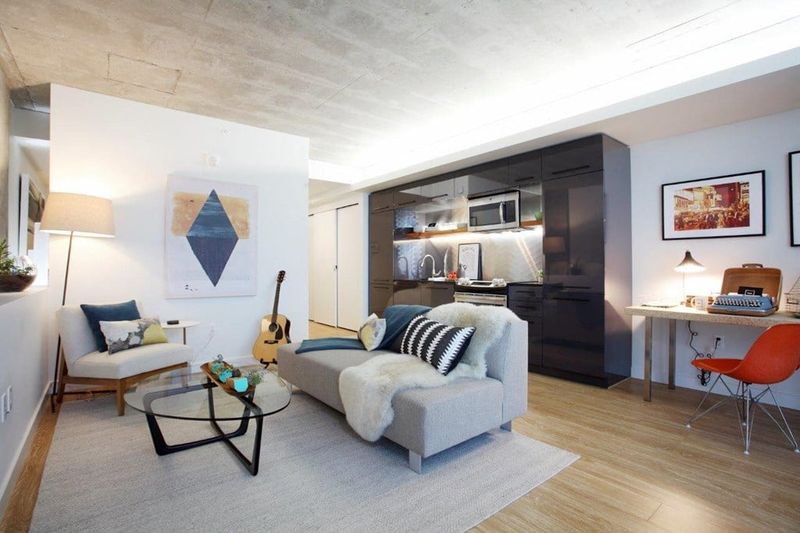
Living in 500 square feet sounds doable until you try fitting a work-from-home setup and storage for your belongings. High HOA fees on these micro-units often equal what you’d pay renting a larger apartment.
Resale value suffers because families need more space and single buyers question the investment. I’ve noticed these tiny condos attract fewer showings since the pandemic shifted everyone’s space priorities dramatically upward.
7. Remote Cabins in the Cascades

Getting to your mountain retreat shouldn’t require a four-wheel-drive vehicle and nerves of steel. Winter access becomes impossible when snow blocks narrow forest roads for months at a time.
Cell service and internet are nonexistent in most remote Cascade locations. Maintenance issues multiply when you can’t easily check on the property, and emergency services take hours to arrive if something goes wrong during your stay.
8. Historic Homes in Salem

Owning a piece of history comes with strings attached—lots of them. Preservation committees control what you can change, from paint colors to window replacements, limiting your renovation freedom.
Original features like single-pane windows and knob-and-tube wiring need expensive specialized repairs. I’ve seen buyers walk away once they learn about mandatory historical reviews for even minor exterior updates on these beautiful but demanding properties.
9. Riverfront Properties Along the Willamette
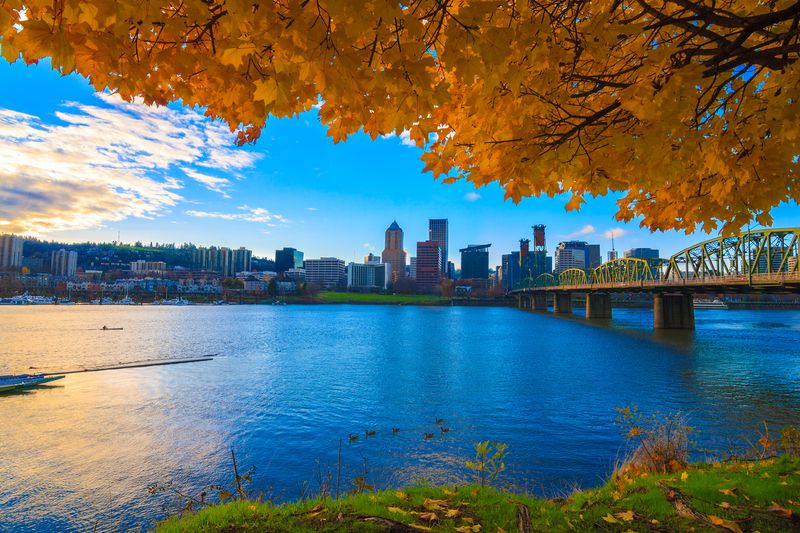
Flood insurance requirements make these scenic properties surprisingly expensive to own. New buyers discover that environmental regulations restrict what they can build or modify near the water’s edge.
Banks scrutinize flood zone properties more carefully, making financing trickier than standard homes. Watching the river rise during winter storms creates constant anxiety, and one major flood event can devastate your property value overnight regardless of insurance coverage.
10. Older Apartments in Eugene

Student renters now expect in-unit washers, modern kitchens, and fast WiFi that older complexes can’t deliver. Competition from newly-built student housing with resort-style amenities makes these aging buildings hard to fill.
Deferred maintenance catches up with landlords eventually, requiring massive capital investments. I’ve watched vacancy rates climb as students choose newer apartments even at higher rents, leaving older building owners struggling to attract quality tenants.
11. Vacation Cabins in Sunriver
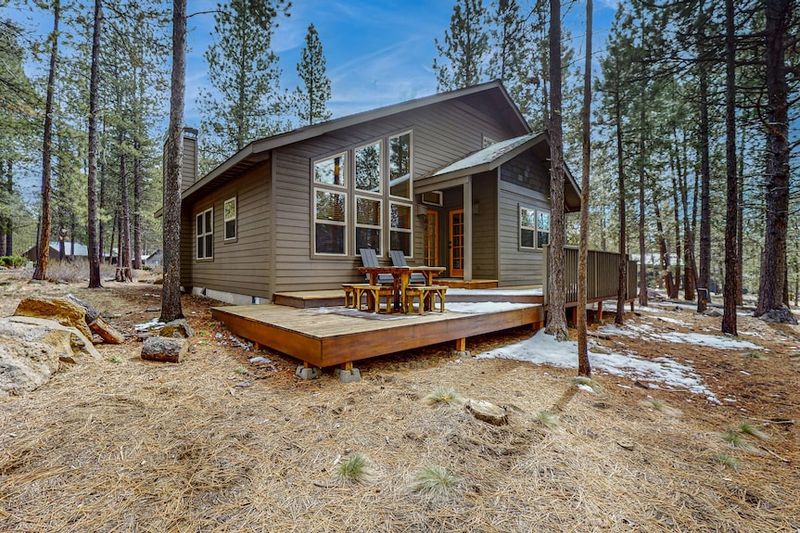
Luxury resorts with concierge services and amenities have changed what vacationers expect. Your basic three-bedroom cabin can’t compete with properties offering hot tubs, game rooms, and modern finishes.
Rental income has dropped as travelers book upscale options instead of dated cabins. Sale times have stretched from weeks to months because buyers calculate the renovation costs needed to stay competitive in Sunriver’s evolving vacation rental market.
12. Desert Homes in Central Oregon

Water scarcity isn’t a theoretical problem in Central Oregon’s high desert—it’s daily reality. Wells run dry, and water rights battles complicate ownership in ways most buyers never anticipated.
Summer temperatures soar while winters bring bitter cold, creating extreme climate challenges. Landscaping struggles without abundant irrigation, and many buyers prefer regions where water availability doesn’t dominate every property decision and limit future development possibilities.
13. Split-Level Homes from the 1970s

Those short flights of stairs between every room become exhausting quickly, especially for families with young kids or aging relatives. Low ceilings and compartmentalized spaces feel cramped compared to today’s open concepts.
Accessibility issues make these homes impractical for anyone with mobility challenges. I’ve noticed buyers immediately cross split-levels off their lists because modernizing the layout requires essentially rebuilding the entire structure from scratch.
14. Rural Properties Without Utilities
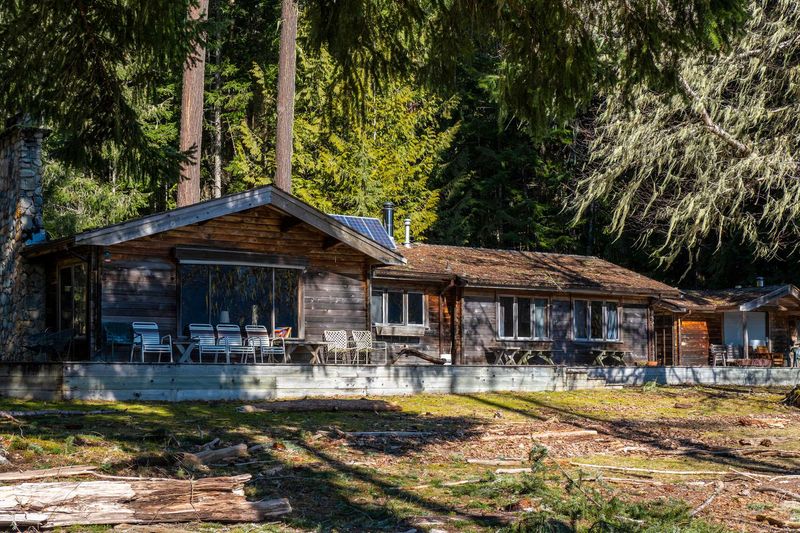
Installing a well, septic system, and electrical service can cost upwards of $100,000 before you even break ground on a house. Permits for off-grid development have become increasingly complex and expensive.
Most buyers want turnkey properties, not DIY development projects requiring years of effort. Road access issues compound the problem when county roads don’t reach your property, and financing raw land without utilities proves nearly impossible through traditional lenders.

